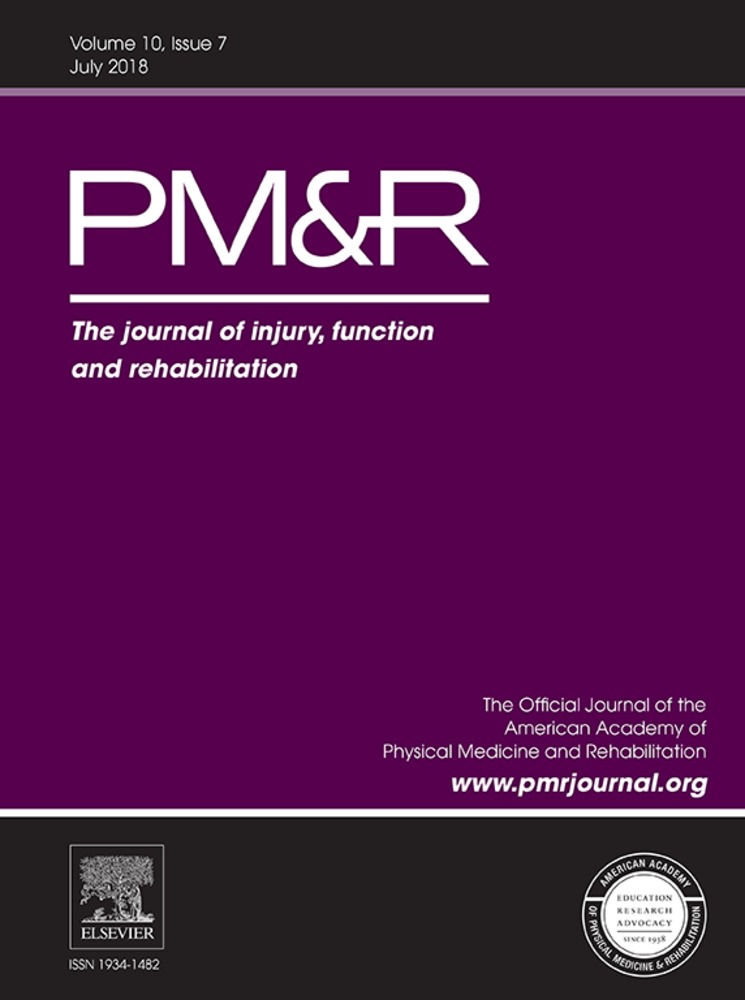Functional Impairments in a Patient with Morvan Syndrome: A Case Presentation
Abstract
A 48-year-old man with lung squamous cell carcinoma was admitted to acute care with cognitive impairment after recent chemotherapy. He developed myoclonus, ataxia, agitation, and visual hallucinations. Morvan syndrome, a rare voltage-gated potassium channel antibody disorder characterized by neuromyotonia with central nervous system dysfunction, was eventually diagnosed. He received plasmapheresis and was admitted to inpatient rehabilitation, where he safely participated in therapies. By focusing on neuromuscular rehabilitation, balance training, fine motor skills, and cognitive retraining emphasizing skills relevant to the patient's premorbid cognitive activities, the patient demonstrated significant functional improvement, decreasing the burden of care of his caregivers.
Level of Evidence
V




